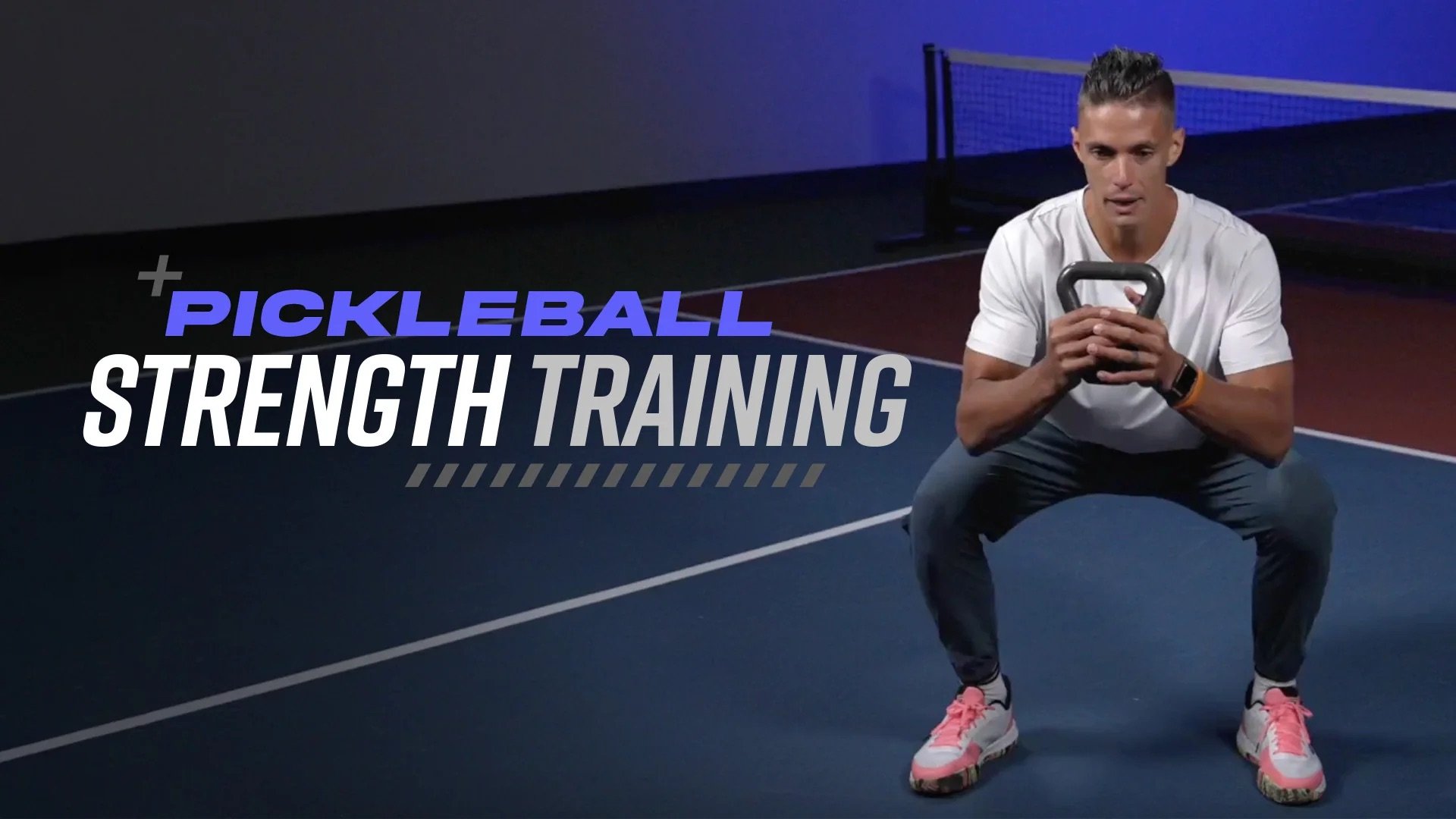Strength Training For Pickleball: What You Should (And Shouldn’t) Do
Pickleball might look easy from the sidelines—but if you’ve ever played a competitive match, you know it demands quick reflexes, sharp lateral movement, explosive power, and endurance. That’s where strength training comes in.
But not all workouts are created equal. The way you train matters just as much as how often you do it. In fact, training the wrong way can hurt more than it helps—leading to overuse injuries or performance plateaus.
This guide cuts through the noise to help you train smarter. Here's what you should and shouldn't do when building a strength routine designed specifically for pickleball.
Source: Selkirk Sport
What You Should Do ✅
1. Prioritize Functional Strength
Pickleball is all about dynamic movement—lunging, rotating, stopping, and starting. Your training should mimic that. Think compound exercises like lunges, step-ups, squats, and rotational cable pulls. These moves help you generate power on the court while also improving balance and coordination.
2. Focus on Core Stability
A strong core is your body’s control center. It stabilizes you during quick pivots, protects your lower back, and allows for powerful, controlled shots. Incorporate planks, bird dogs, Russian twists, and medicine ball throws into your routine to build a core that’s both stable and explosive.
3. Train for Power, Not Just Strength
It’s not enough to be strong—you also need to be fast. Explosive movements like jump squats, kettlebell swings, and plyometric push-ups help translate strength into speed, giving you the edge when you’re racing to the net or putting away a ball.
4. Incorporate Single-Leg Training
Pickleball players spend a lot of time on one leg—think of all the lunges and directional changes. Single-leg deadlifts, step-downs, and Bulgarian split squats strengthen each leg individually, helping to correct imbalances and reduce the risk of injury.
5. Stretch and Recover
Your gains are made during recovery, not just during your workouts. Always include dynamic warm-ups before lifting and static stretching or foam rolling after. Recovery days aren’t lazy—they’re essential.
What You Shouldn’t Do ❌
1. Skip Mobility Work
Many players focus on strength but ignore mobility. That’s a mistake. Limited ankle, hip, or shoulder mobility can reduce your range of motion and increase your risk of injury. Don’t overlook mobility drills, especially as you age.
2. Lift Too Heavy, Too Soon
More weight doesn’t always mean better results. Overloading your body without mastering form can lead to poor movement mechanics and strain. Progress slowly. Quality reps always beat heavy, sloppy ones.
3. Do Endless Bicep Curls
It’s tempting to focus on the muscles you can see—but functional strength beats aesthetics in pickleball. You’re better off spending your time on posterior chain exercises (like rows and deadlifts) that support posture, shoulder health, and overall athleticism.
4. Neglect Your Rotator Cuffs
Shoulder pain is common among pickleball players, especially those who don’t support their rotator cuffs with targeted work. Light resistance band exercises like external rotations and YTWs can protect your shoulders and extend your playing longevity.
5. Train Without a Plan
Random workouts may feel productive, but they don’t guarantee progress. Build a plan that includes strength, mobility, power, and rest. Better yet, track your progress so you can adjust when needed.
Final Thoughts
Strength training is one of the smartest investments you can make in your pickleball game. But like anything else, it needs to be intentional. Train with purpose, focus on movements that translate to the court, and don’t fall into the trap of overtraining or neglecting mobility.
When done right, strength training won’t just make you stronger—it will make you more agile, more resilient, and more confident on the court.
And let’s be honest: who doesn’t want that extra edge during a third-shot drop or a heated doubles rally?

